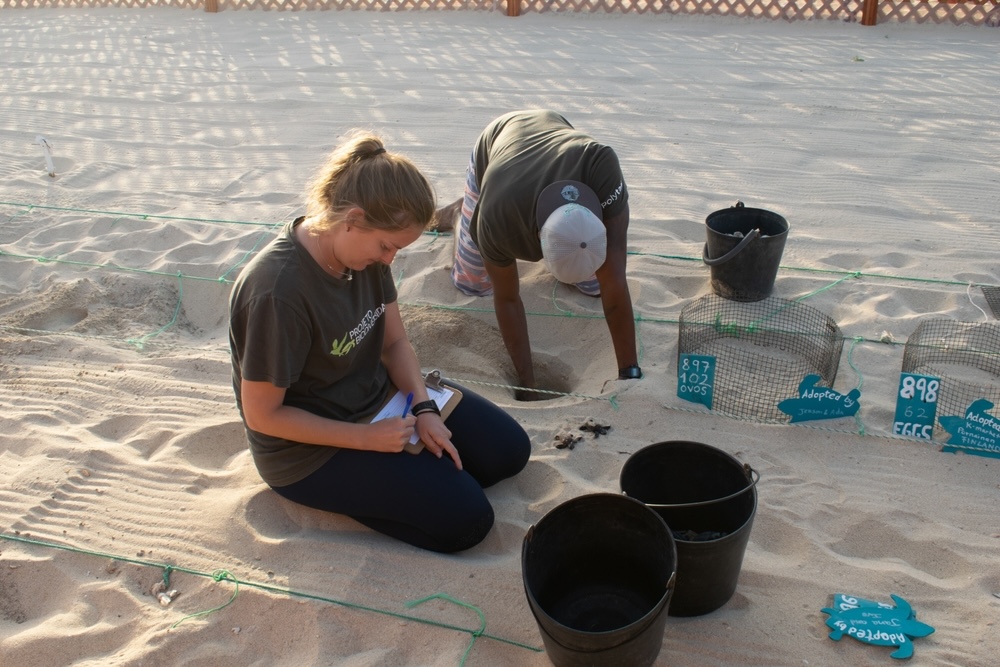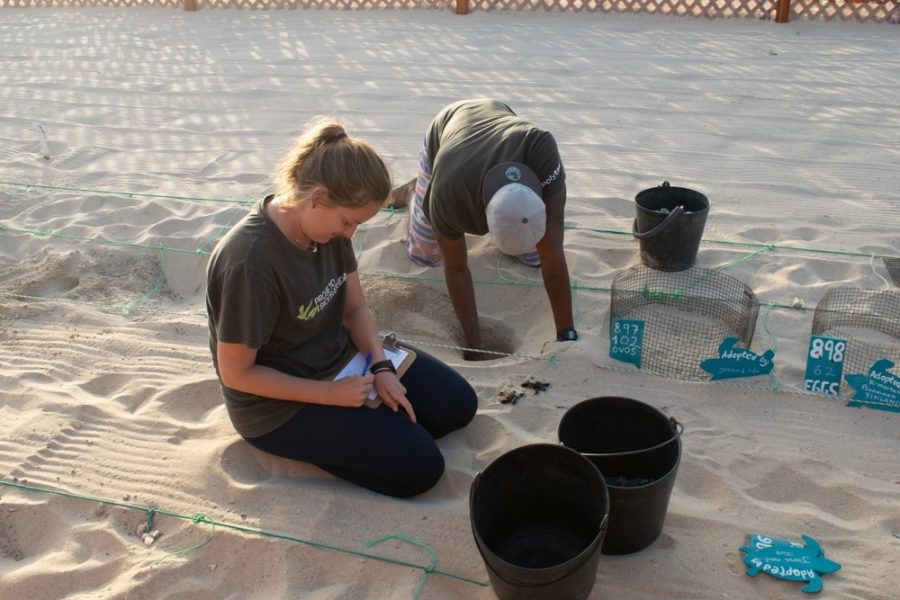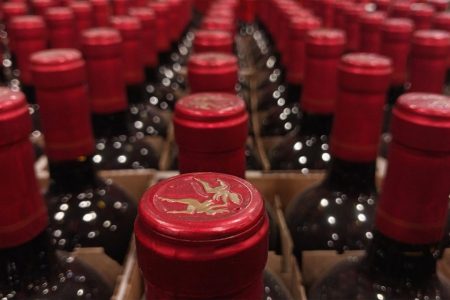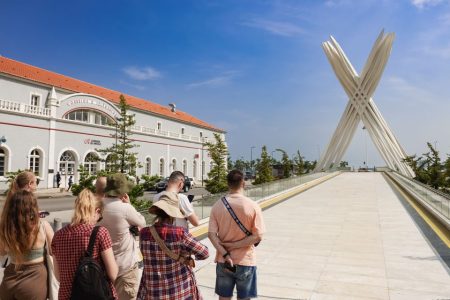Biosfera, a Cabo Verdean NGO, is currently recruiting for its annual mega cleanup, scheduled for 31 May to 16 June. Volunteers will be organised into three groups of 20 people, each staying for a period of six days on the uninhabited island of Santa Luzia, a protected turtle spawning site, reports the Portuguese news agency Lusa. In less than a month, during last year’s mega cleanup on Santa Luzia, volunteers collected around 62 tons of garbage, 20 times what the NGO picked up on São Vicente for the entire year.
In late April, dozens of volunteers gathered on a Cabo Verdean beach to clean up tons of ocean plastic waste, trash carried halfway around the world to clutter up the shores of this tiny archipelago. A team of 73 volunteers from Biosfera spent the last Saturday in April collecting plastic trash on the north coast of São Vicente. That single day’s cleanup totalled 680 kilos, including discarded plastic nets and hundreds of plastic bottles from as far away as Malaysia, Singapore, and China. Last year, hundreds of Biosfera volunteers collected 3.2 tons of ocean plastic waste from the island’s beaches.
A network of five global ocean currents, known as major gyres, are how a plastic bottle discarded in Southeast Asia can end up on a beach halfway around the world. Cabo Verde is located in the North Atlantic gyre and influenced by northern trade winds and the Canary Current, a wind-driven surface current within the gyre.
[See more: Plastic pollution is becoming a blight on Brazilian waters]
These currents are also why the islands are such a popular nesting ground for sea turtles, as the warm waters of the gyre offer a favourable habitat for young sea turtles to grow and develop. Species like loggerheads sometimes remain within the gyre for years, making them highly vulnerable to ocean plastic waste.
Biosfera’s annual mega cleanup targets the island of Santa Luzia, which hosts five sea turtle species including loggerheads, ahead of the nesting season to support adult turtles reproducing and increase the survival rate for new hatchlings. Hércules Sousa, a member of Biosfera, told Lusa that small turtles can end up trapped if the trash isn’t cleared. Discarded plastic nets from commercial fishing vessels also cause problems, as marine life like sharks and sea turtles become tangled.
With so many tons of plastic waste collected each year, proper disposal is also a concern for Biosfera. In Cabo Verde, Sousa told Lusa, most of the garbage is burned in the open air – including what they collect from São Vicente.
The waste collected from Santa Luzia, 180 to 190 tons in the last three years alone, is in safe storage as they work to find a logistical solution.
Efforts to turn some of this trash into treasure are also underway in the archipelago. Biosfera launched a pilot programme, Plasticina, aimed at recycling part of the waste collected into new plastic products like glasses, tiles, or even furniture. SIMILI, a United Nations-sponsored project, takes a similar approach, employing local women in São Vicente to convert discarded fishing nets into fabric.






